The Sunderbans Mangrove Forest, located in West Bengal, India, is the largest mangrove forest in the world and a UNESCO World Heritage Site. Spread across 10,000 sq km, it forms a unique delta where the Ganges, Brahmaputra, and Meghna rivers meet the Bay of Bengal. Sunderbans Mangrove Safari.
Why it is famous:
- Habitat of the Royal Bengal Tiger, one of the most iconic wildlife species.
- Rich biodiversity including saltwater crocodiles, fishing cats, wild boars, and over 260 bird species.
- Unique mangrove ecosystem with intricate waterways and tidal rivers.
- Offers boat safaris, wildlife observation, and nature trekking.
- A hotspot for photographers and eco-tourists.
Sunderbans combines adventure, wildlife, and ecological significance, making it one of India’s must-visit wildlife destinations.
Best Time to Visit
- November to February: Ideal for pleasant weather and easy safari access.
- Peak season: December and January, cool and dry conditions favor wildlife sightings.
- Avoid monsoon (June to September): Heavy rains and cyclones limit accessibility and safaris.
- Summer (March to May): Hot and humid; morning safaris recommended.
Safari Tips:
- Early morning safaris provide higher chances of spotting tigers and crocodiles.
- Afternoon trips offer sightings of birds and other smaller wildlife.
How to Reach Sunderbans
By Air
- Netaji Subhas Chandra Bose International Airport (Kolkata): Approximately 110 km to Godkhali or Gosaba, main entry points for safari tours.
By Train
- Canning Railway Station: Nearest station for access to Sunderbans.
- Sealdah Railway Station (Kolkata): Connects to local trains toward Canning.
By Road
- Private taxis or buses from Kolkata to Basanti, Godkhali, or Gosaba are available.
- Roads are limited in the inner delta; boat transfers are essential for forest entry.
Local Transport
- Motorboats, ferries, and motor launches are the primary means of moving through the mangrove channels.
- Guided tours often include transfers from main docking points to forest lodges. Sunderbans Mangrove Safari.
Entry Fees and Permits
- Indian Nationals: Approximately INR 200–400 for boat safaris (per person).
- Foreign Nationals: Approximately INR 1,000–2,000 per safari.
- Forest Permit: Mandatory for all visitors; includes entry and guided safari fees.
- Note: Fees are subject to change, so checking ahead with forest authorities is recommended.
Tip: Booking safaris and permits in advance ensures access during peak wildlife activity hours.
Food Availability and Meal Options
- Lodges and eco-resorts near Sunderbans offer breakfast, lunch, and dinner.
- Limited restaurants available in remote areas; carrying dry snacks and water is advisable.
- Traditional Bengali meals, including rice, fish curry, and local sweets, are commonly served.
- Pack light snacks and energy bars for long boat rides or nature walks.
Packing List and Essentials
Clothing
- Light-colored, breathable clothes for daytime.
- Long sleeves and pants to protect against mosquitoes and sun.
- Waterproof jacket during monsoon or unexpected rain.
- Comfortable shoes suitable for boat decks and short treks.
Accessories
- Binoculars for wildlife and bird watching.
- Camera with zoom lens for photography.
- Hat, sunglasses, and sunscreen for sun protection.
- Small backpack with water, snacks, and a first-aid kit.
Health & Safety
- Prescription medications if needed.
- Insect repellent for mosquitoes.
- Hand sanitizer and wet wipes.
- Motion sickness tablets for boat rides, if required.
Safety Tips and Local Regulations
- Always follow instructions provided by authorized guides.
- Do not attempt to approach or feed wildlife, including tigers and crocodiles.
- Maintain a safe distance from mangrove channels with high tidal activity.
- Carry life jackets during boat safaris; do not venture into deep water alone.
- Avoid littering; support eco-tourism principles.
- Night entry into the forest is strictly prohibited for safety reasons.
Tips for Beginners or First-Time Visitors
- Start with a short boat safari from Godkhali or Gosaba to get acquainted with the mangroves.
- Early morning trips offer the best wildlife sightings.
- Hire licensed guides for safe navigation and to enhance wildlife spotting.
- Bring binoculars and cameras ready, as wildlife sightings can be fleeting.
- Combine safari with village visits and cultural exposure to local fishing communities.
Local Customs and Cultural Etiquette
- Respect local fishing communities and villages.
- Do not disturb wildlife; maintain silence during safaris.
- Avoid plastic use; the ecosystem is fragile.
- Photography should not interfere with natural behavior of animals.
- Purchase local handicrafts responsibly, supporting community livelihoods.
FAQ Section
1. How long is a typical safari?
- Usually 3–5 hours for both boat and trekking safaris.
2. What is the difficulty level?
- Easy to moderate; boat safaris are low effort, short treks require moderate fitness.
3. Are restrooms available inside the forest?
- Limited; mostly available at main entry points and lodges.
4. Can children join the safari?
- Yes, suitable for children above 6 years with adult supervision. Sunderbans Mangrove Safari.
5. Is it safe for solo travelers?
- Yes, guided tours ensure safety and support.
6. When is the best time to see tigers?
- Early morning and late afternoon near forest waterways.
7. Are professional cameras allowed?
- Yes, personal photography is permitted; drone use requires special permission.
8. Are night safaris allowed?
- No, night entry is strictly prohibited for visitor safety.
9. Recommended clothing for the safari?
- Neutral-colored, lightweight, comfortable clothes; long sleeves and pants advised.
10. Any vaccination or health precautions?
- Routine vaccinations recommended; consult a travel clinic for tropical precautions and mosquito-borne diseases.
Conclusion
Sunderbans Mangrove Safari is a must-visit destination for wildlife enthusiasts and eco-tourists.
Key Takeaways:
- Ideal for spotting Royal Bengal Tigers, crocodiles, and exotic birds.
- Advance booking of permits and safaris ensures smooth access.
- Proper packing, safety, and respect for local customs are essential.
- Combines adventure, ecological learning, and cultural exposure in one trip. Sunderbans Mangrove Safari.
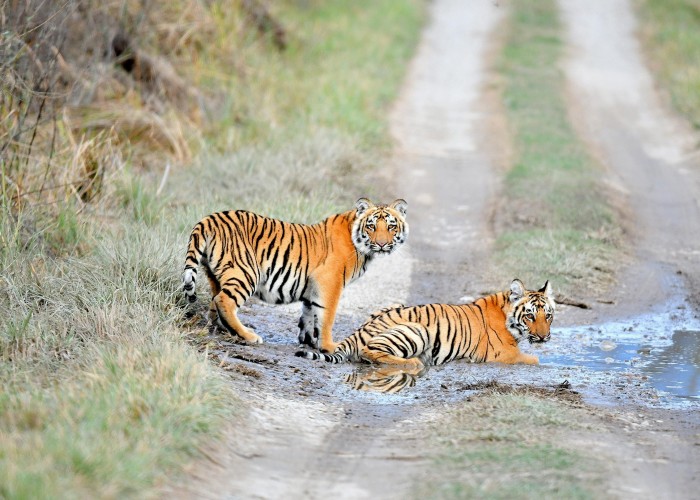
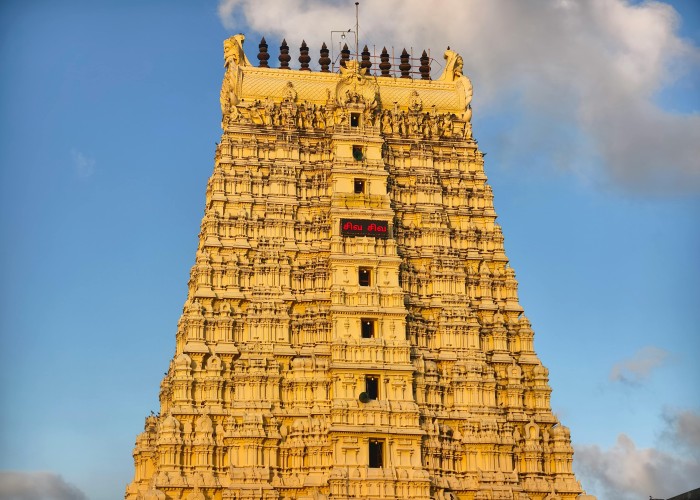
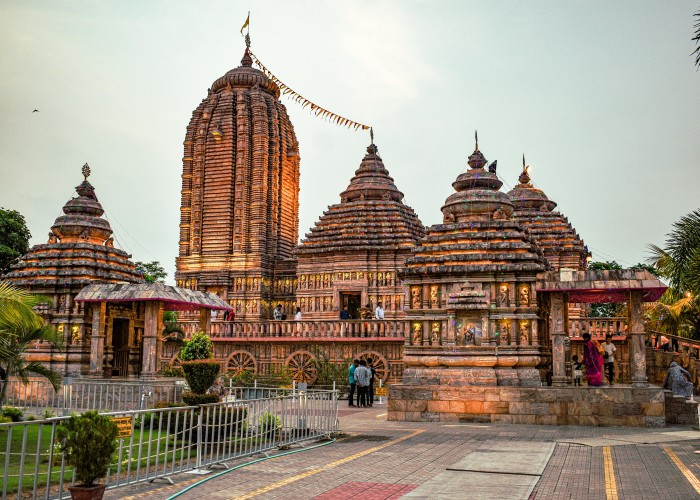
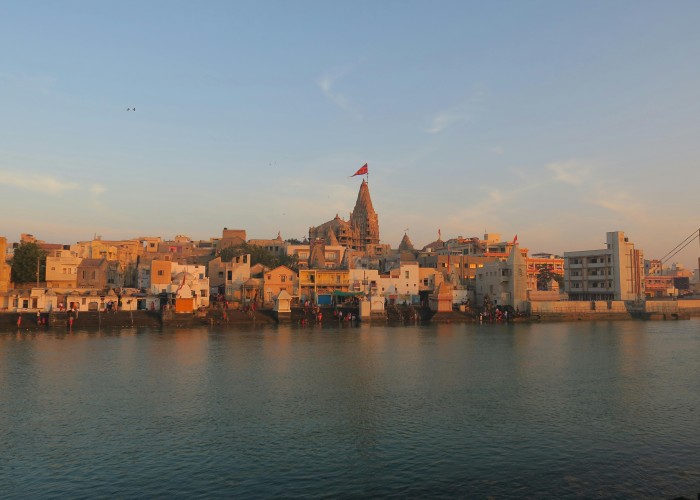
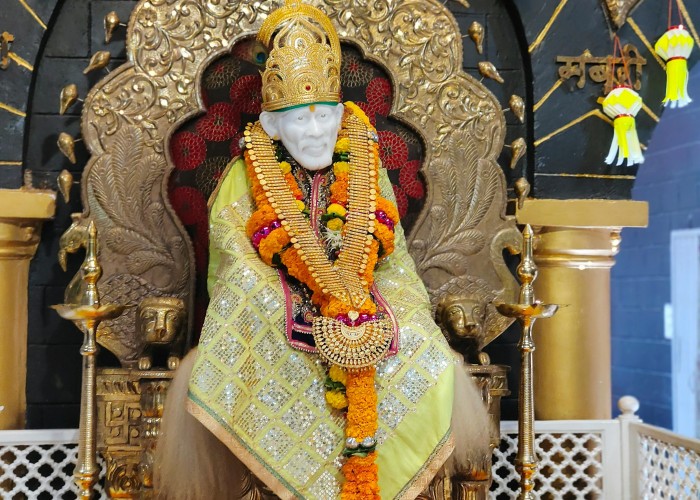
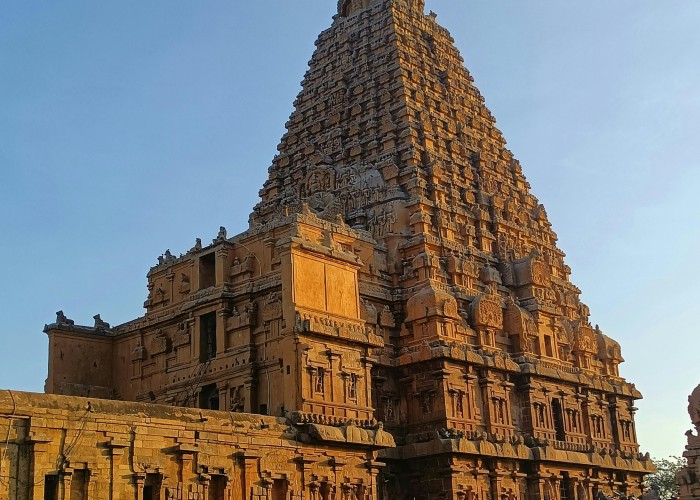
Leave a Reply